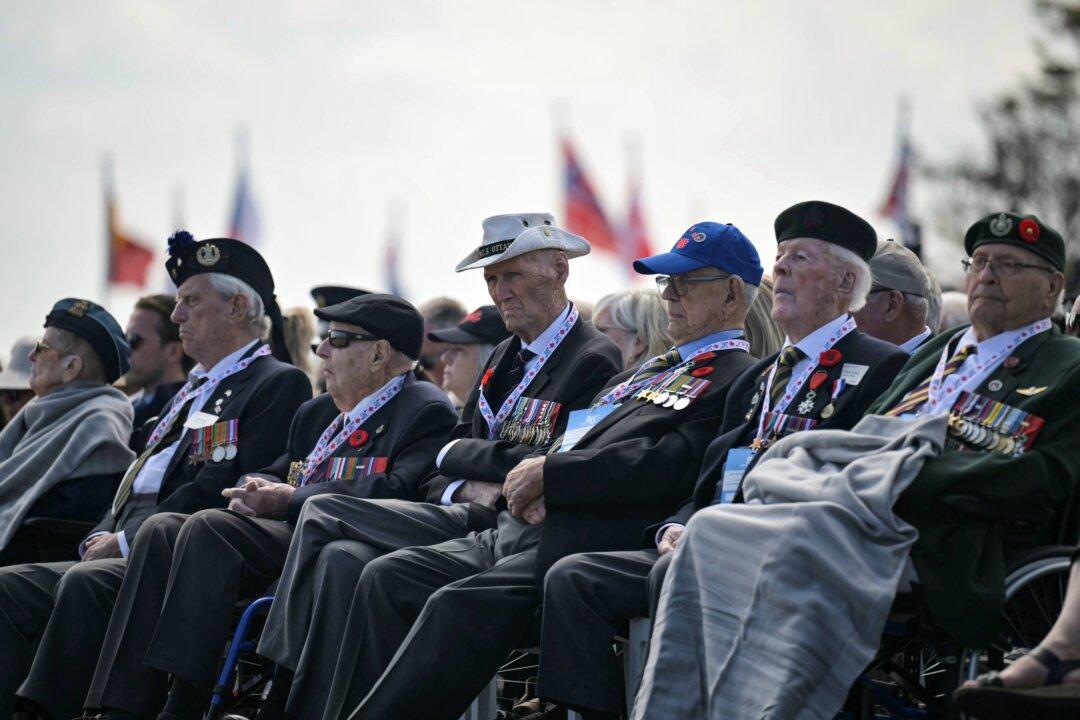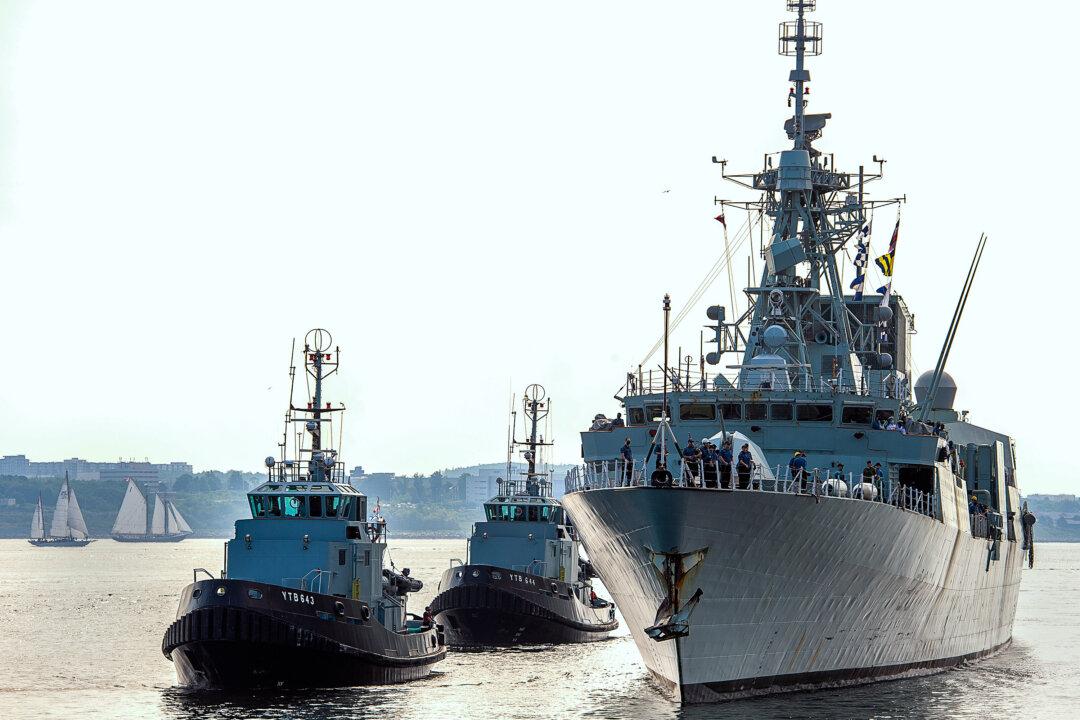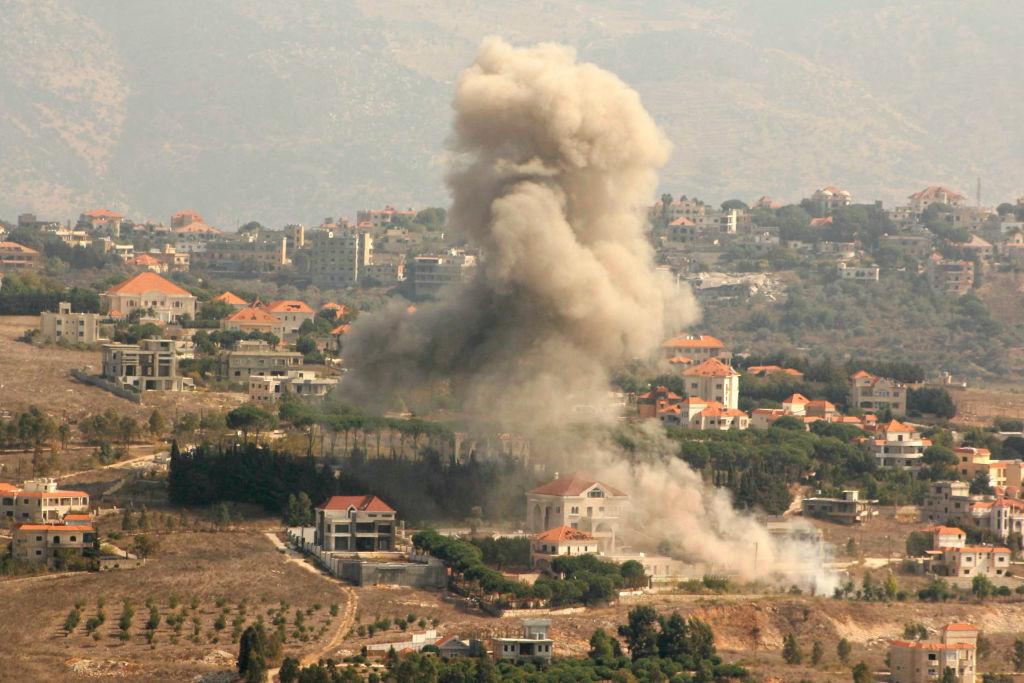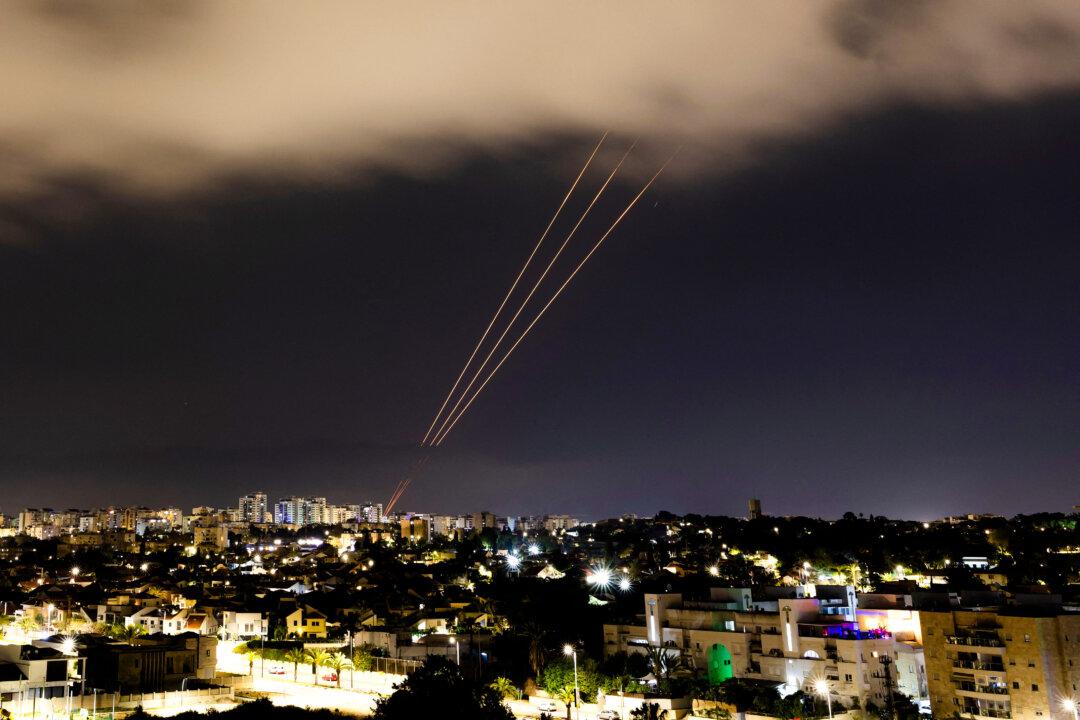Canadians recently commemorated the 80th anniversary of the D-Day landings at Normandy. And while it remains a momentous event in Canadian history, understanding what Canada did to earn its place on the battlefield is equally important.
On June 6, 1944, the greatest military landing in history took place as the Allies launched a massive naval, air, and land attack against Nazi German’s Atlantic Fortress. Comprising one-fifth of the entire force hitting the Normandy beaches that day were 30,000 Canadian soldiers, sailors, and airmen. This was no token presence. The Canadians were there because their army, navy, and air force were vital to achieving victory. And this was a truly remarkable achievement, considering the state of Canada’s military just five years earlier.
When Canada declared war on Germany on Sept. 10, 1939, it was a country of 11 million people with virtually no armed forces. There was one understrength army brigade and a tank regiment without real tanks. The Royal Canadian Air Force could boast just one modern fighter squadron, and the Royal Canadian Navy had a mere six destroyers. Prime Minister William Lyon Mackenzie King had deliberately neglected his country’s military preparedness because he was convinced another land war in Europe was impossible, given the horrors of World War I.
It wasn’t until Hitler conquered France in June 1940 that Canada came to realize the danger it was in. And then, with Britain on the verge of surrender, Ottawa finally responded. Huge increases in defence spending permitted the creation of a Canadian army, navy, and air force capable of helping Britain fight back against Hitler. The National Resources Mobilization Act gave the federal government exclusive power to manage the wartime economy. And almost all Canadians—Canada was still a very pro-British country at this time—threw themselves into the fight with great vigour. They agreed to strict rationing of just about every civilian commodity from canned fruit to gasoline. They bought war bonds to lend the government money. And young men rallied to join the armed forces.
By the early 1940s, Canada had engaged in the war with enthusiasm and determination. Canadian shipyards turned out corvettes and frigates by the dozen to escort convoys across the Atlantic and to hunt German submarines. Canada also filled the air with planes and pilots. Perhaps the most notable achievement was in hosting the British Commonwealth Air Training Plan, which trained 130,000 pilots and airmen from across Commonwealth countries at Canadian airports. And Canada’s land forces soon became large enough to be designated as the First Canadian Army, with I Canadian Corps fighting in Italy and II Canadian Army Corps stationed in the UK, ready to go ashore in Normandy.
This enormous expansion in Canadian military might was well-appreciated by the overall ground troop commander at Normandy, British General Bernard L. Montgomery. He had commanded Canadian troops in Italy and admired their fighting quality. And for this reason, “Monty” assigned the Canadian landing force its own beach in Normandy. Amid fierce fighting, the D-Day landing at Juno Beach cost 381 Canadian dead and another 715 wounded or taken prisoner. But they took the beach and soon began moving inland, marking the beginning of the end for Hitler’s hold on western Europe. Considering where Canada was in 1939, to play such a role by war’s end was a remarkable achievement.
Could Canada perform such a feat today? Could modern Canada, a polyglot society of 40 million people and climbing fast, rise to a challenge equivalent to that of World War I? There is no easy answer. Decades of neglect and mismanagement have left Canada’s military in the same basic condition it was in the 1930s. Today the Canadian Armed Forces is marked by submarines that can’t submerge, ancient fighter jets that shouldn’t still be flying, and a perpetual recruiting crisis. Plus, the federal government actively seeks to bury our country’s most glorious achievements while focusing exclusively on our mistakes. Then again, Canada has shaken off such lethargy before.
Near Juno Beach stands the Juno Beach Centre, a combined museum and memorial that marks the location where Canadians came ashore 80 years ago. In the small towns scattered across the former battlefields where the Canadian army once fought, sit numerous plaques, memorials, and street signs marking the passage of the Canadian army eight decades ago. Standing in front of one of these markers, one can pause to reflect on the crucial role played in this blood-soaked drama by Canadian soldiers eight decades ago, and the country that made such a contribution possible.
Normandy was one of Canada’s finest hours. We mustn’t forget its lessons.






